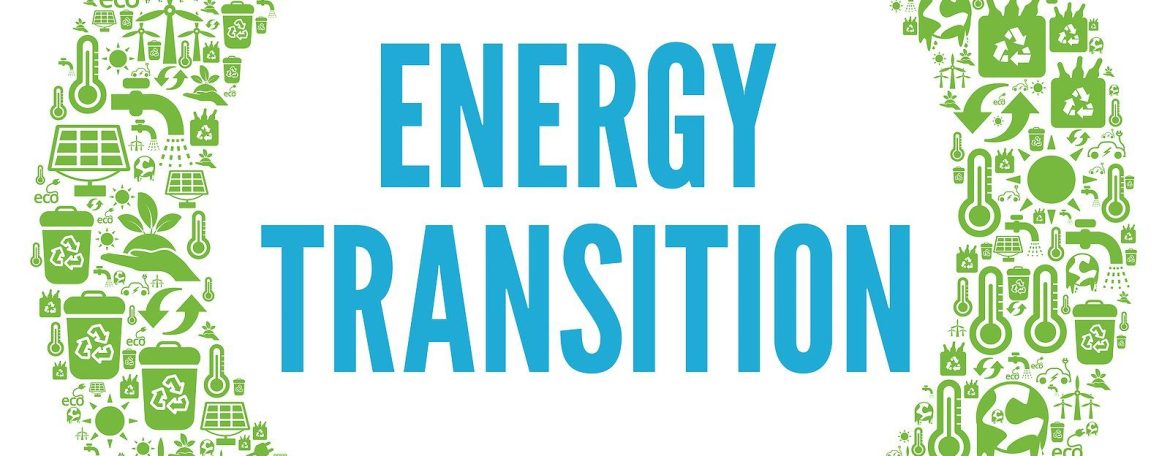Here in this post, we will be discussing energy transition, the meaning, what brought about energy transition and how it can be achieved
WHAT IS ENERGY TRANSITION
Energy transition refers to the global energy sector’s shift from fossil-based systems of energy production and consumption — including oil, natural gas and coal — to renewable energy sources.
An energy transition is a major structural change to energy supply and consumption in an energy system. Currently, a transition to sustainable energy is underway to limit climate change. As much sustainable energy is renewable it is also known as the renewable energy transition.
The current transition aims to reduce greenhouse gas emissions from energy quickly and sustainably, mostly by phasing-down fossil fuels and changing as many processes as possible to operate on low carbon electricity.
Over three-quarters of the world’s energy needs are met by burning fossil fuels, but this usage emits greenhouse gases. Energy production and consumption are responsible for most human-caused greenhouse gas emissions. To meet the goals of the 2015 Paris Agreement on climate change, emissions must be reduced as soon as possible and reach net-zero by mid-century. Since the late 2010s, the renewable energy transition has also been driven by the rapidly falling cost of both solar and wind power. Another aim for the energy transition is to reduce the health and environmental impacts of the energy industry. Those impacts are not only about climate change but also about human toxicity, resource use, deaths from air pollution, and others.
Heating of buildings is being electrified, with heat pumps being the most efficient technology by far. To improve the flexibility of electrical grids, the installation of energy storage and super grids are vital to enable the use of variable, weather-dependent technologies. However, fossil-fuel subsidies are slowing the energy transition.
DEVELOPMENT OF THE TERM
After the 1973 oil crisis, the term energy transition was coined by politicians and media. It was popularized by US President Jimmy Carter in his 1977 Address on the Nation on Energy, calling to “look back into history to understand our energy problem.
From the 1990s, debates on energy transition have increasingly taken climate change mitigation into account. Parties to the agreement committed “to limit global warming to “well below 2 °C, preferably 1.5 °C compared to pre-industrial levels”. This requires a rapid energy transition with a downshift of fossil fuel production to stay within the carbon emissions budget.
The historical transitions from locally-supplied wood, water and wind energies to globally supplied fossil and nuclear fuels has induced growth in end-use demand through the rapid expansion of engineering research, education and standardization. The mechanisms for the whole-systems changes include new discipline in Transition Engineering amongst all engineering professions, entrepreneurs, researchers and educators
DRIVERS FOR CURRENT ENERGY TRANSITION
In 2023, according to the United Nations World Meteorological Organization, the global annual average temperature was nearly 1.5 degrees Celsius above pre-industrial levels (more precisely, 1.45 ± 0.12 °C).
This is a dramatic figure, because the 2015 Paris Agreement on climate change aims to limit the long-term temperature rise (i.e., the average for a decade, rather than a single year such as 2023) to no more than 1.5 degrees Celsius.
In addition to causing the polar ice caps to melt and sea levels to rise, global warming is causing other types of climate change, like desertification and an increase in extreme weather events such as hurricanes, floods and fires: the distortion of the climate risks causing incalculable damage.
The scientific community is in agreement that this is due to anthropogenic emissions of greenhouse gases into the atmosphere, especially since the Industrial Revolution. The main such gas, carbon dioxide, originates largely from the energy sector (including but not limited to the generation of electricity).
READ: Oil And Gas Consultancy Services
In December 2023, COP28 in Dubai closed with an explicit agreement to put an end to the use of fossil fuels, but it did not set precise targets to phase out nonrenewable energy sources. At the same time, it admitted that the world’s countries are not yet on track to meet the goal of containing the global temperature rise to within 1.5° C.
COP28 called on parties to take action on a global scale to triple renewable energy capacity and double progress in energy efficiency by 2030. It also called on them to put forward ambitious emission reduction targets, covering all greenhouse gases (GHGs), economic sectors and categories. This is in line with the 1.5°C limit in the next round of national climate action plans for 2025.
The goal by 2050 is still to achieve so-called Carbon Neutrality, in other words, to reduce and avoid greenhouse emissions by offsetting the remaining emissions through the use of so-called carbon credits.
To achieve this goal, which was enshrined at COP26 in Glasgow, our main tool is the energy transition, i.e., the shift from an energy mix based on fossil fuels to one that produces very limited, if not zero, carbon emissions, based on renewable energy sources. A huge contribution to decarbonization comes from the electrification of consumption, replacing fossil fuel-generated electricity with energy generated from renewable sources, which also makes other sectors like transport cleaner; the digitalization of grids also contributes by improving energy efficiency.

